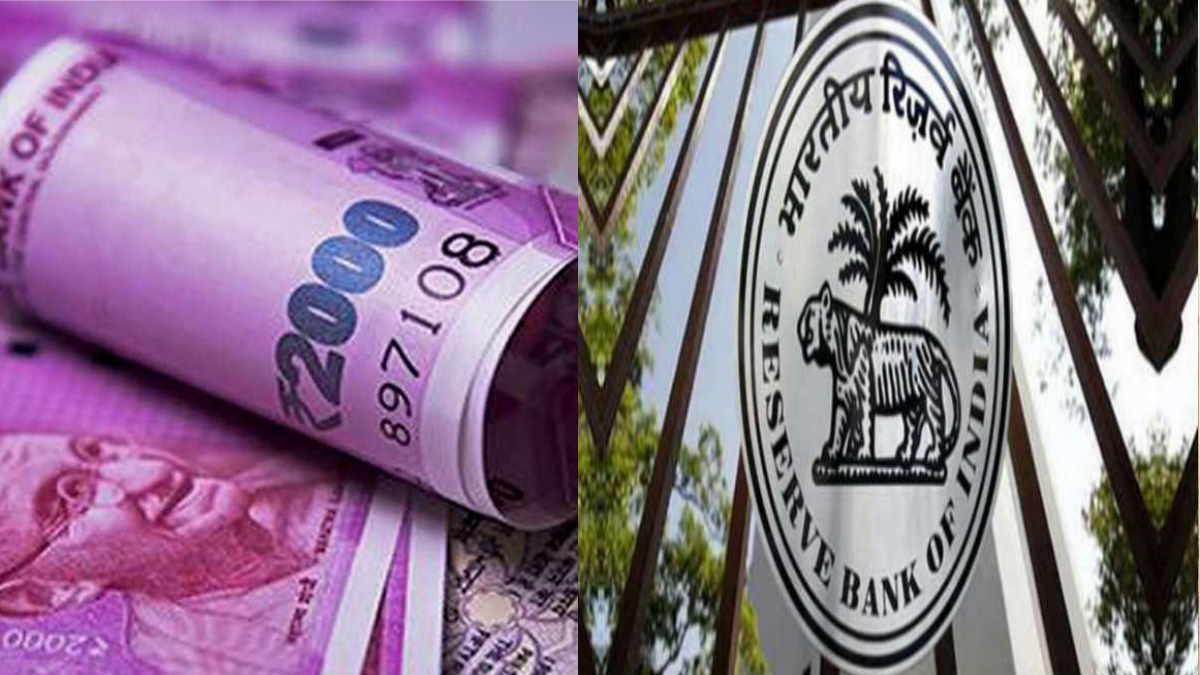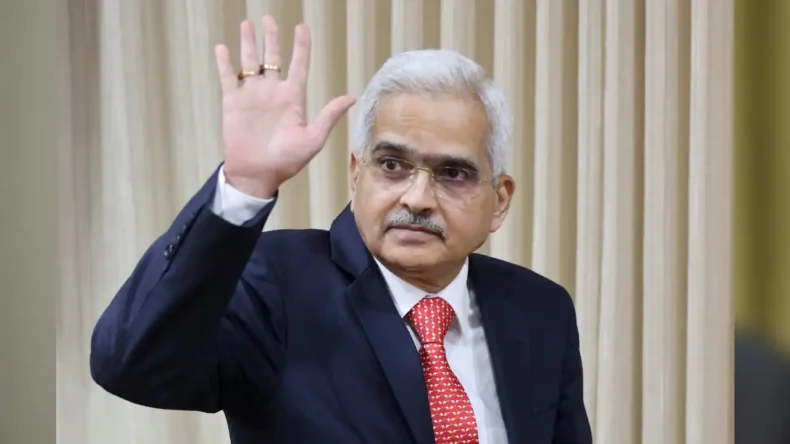Shaktikanta Das, the Governor of the Reserve Bank of India (RBI), stated on Monday that a majority of the ₹2,000 rupee notes that were taken out of circulation are anticipated to be returned before the September 30 cutoff date.
In his inaugural statement to journalists following the unexpected announcement of the withdrawal of the largest denomination banknote, Das stated that this action was a component of currency administration. Furthermore, Das clarified that ₹2,000 currency notes would remain as acceptable forms of payment.
Governor RBI: Shaktikanta Das
According to him, the Indian currency management system is highly resilient, and the exchange rate has remained steady despite the financial market turmoil caused by the conflict in Ukraine and the collapse of certain Western banks.
He stated that the economic consequences of the withdrawal would be extremely minimal. He further mentioned that the ₹2,000 currency notes accounted for only 10.8% of the overall currency in circulation.
He mentioned that the 2,000 rupee notes that have been taken out of circulation can be either deposited in bank accounts or exchanged for different currency options. He further added that banks had received guidance to make appropriate preparations for facilitating the exchange process.
He stated that it is anticipated that the majority of ₹2,000 banknotes will be returned to the government treasury by September 30. He reassured that there are abundant amounts of printed notes within the system, held by the Reserve Bank of India (RBI) and in currency chests managed by banks. There is no cause for concern as there are ample stocks available, and there is no need to worry.
What will happen to Rs. 2000 notes after 30th Sept?
To address any potential confusion regarding the validity of ₹2000 banknotes, the Reserve Bank of India (RBI) has clarified that these high-value notes will remain legally acceptable beyond September 30, 2024.
As stated in the RBI’s Frequently Asked Questions (FAQs), the general public can continue to utilize ₹2000 banknotes for regular transactions. People can accept them as a form of payment or use them freely for their own transactions without encountering any limitations.
The Reserve Bank of India (RBI) anticipates that a four-month duration will be sufficient for individuals to exchange their currency notes with banks. It is expected that a majority of the ₹2000 notes currently in circulation will be returned to banks by the deadline of September 30th. This is a regular procedure conducted by the RBI, and there is no need for individuals to be alarmed.
In order to make things easier, the central bank has recommended that people visit their respective bank branches starting from May 23, 2024, to deposit or exchange the ₹2000 denomination banknotes they possess. The option to deposit into accounts and exchange for ₹2000 banknotes will be open at all banks until September 30, 2024.
The introduction of the ₹2,000 banknote in November 2016 aimed to quickly address the currency needs of the economy following the withdrawal of legal tender status for ₹500 and ₹1,000 banknotes. However, the Reserve Bank of India (RBI) ceased printing ₹2,000 notes in 2018-19, resulting in their limited circulation.
The Reserve Bank of India (RBI) stated that they have noticed that the ₹2,000 currency note is not widely utilized in transactions. Additionally, they mentioned that there is a sufficient supply of banknotes in other denominations to meet the currency needs of the public.
The Reserve Bank of India has decided to remove the ₹2,000 denomination bank notes from circulation as part of its ‘Clean Note Policy.’

Clean Note Policy
The removal of Rs. 2000 banknotes is in line with the Reserve Bank of India’s ‘clean note policy,‘ a program designed to promote the circulation of clean and top-notch banknotes across India.
The policy mandates that banks and financial institutions must remove unusable or harmed banknotes from circulation and exchange them for fresh notes. Its goal is to uphold the integrity of India’s currency by ensuring that the public receives clean, safe, and long-lasting banknotes while reducing the likelihood of counterfeiting.
In order to ensure the quality of banknotes, the central bank has set up dedicated currency verification and processing facilities under the clean note policy. These centres utilize state-of-the-art equipment and technologies to evaluate the suitability of banknotes for circulation.
The RBI assists in the process of replacing torn, solid, or damaged currency with new banknotes by coordinating with authorized bank branches. This enables the public to exchange unfit or mutilated banknotes. The old banknotes are carefully destroyed to ensure security.













